US Closer to Federal Shark Fin Ban, Iceland Could End Whaling, UN Global Plastics Treaty, Florida Could Ban Cigarettes on Beachs, US Punitively Bans Mexican Fishing Boats and More
February 11, 2022 – We gather news: You stay informed
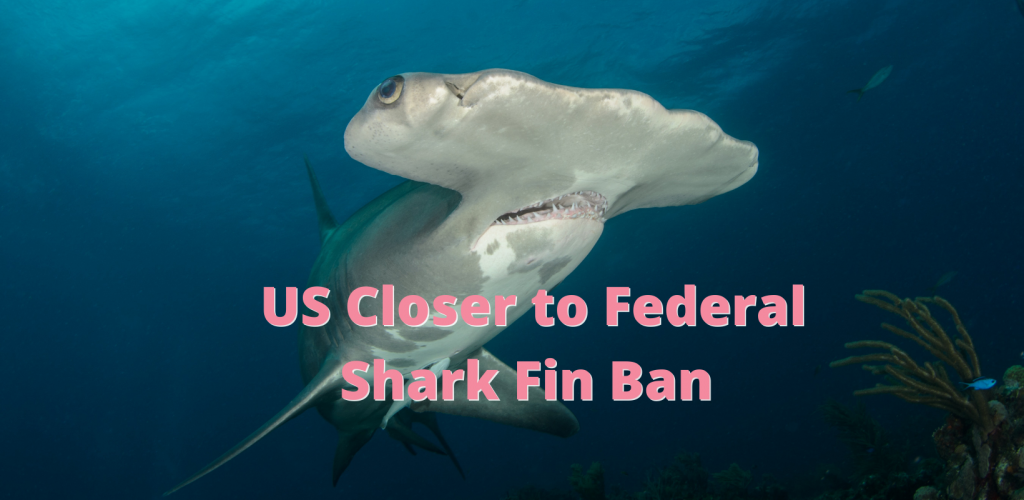
1. The America COMPETES Act Passes the House with Big Wins for Animals
The America COMPETES Act (COMPETES is an acronym for Creating Opportunities for Manufacturing, Pre-Eminence in Technology and Economic Strength.), a bill aimed at bolstering American innovation, has passed the House of Representatives and includes a huge win for sharks. The Shark Fin Sales Elimination Act would prohibit the sale, purchase, and possession of shark fins in the United States. Also included in the America Competes Act is The Driftnet Modernization and Bycatch Reduction Act which would phase out harmful large mesh drift gillnets used off the coast of California..
Thank you for your generous gift that will help us continue the production of this weekly, free publication
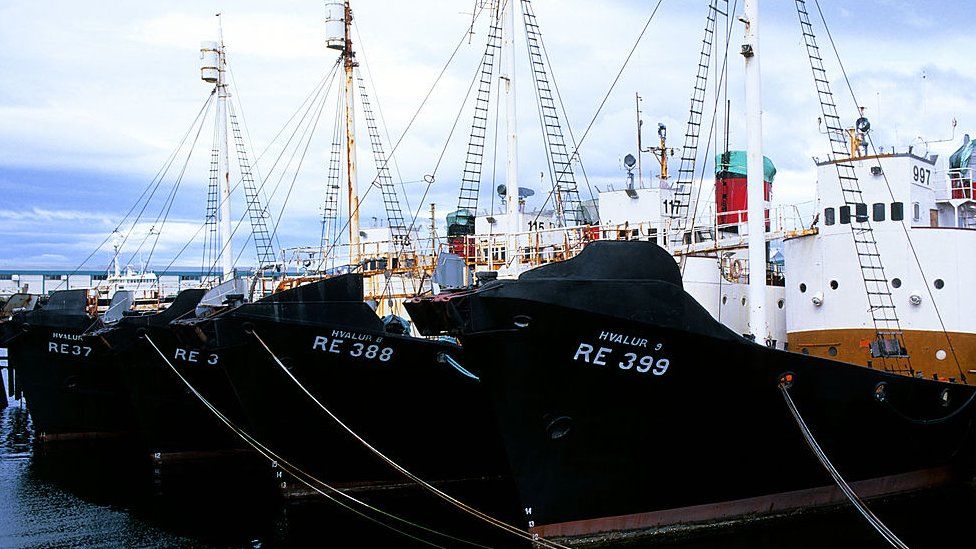
2. Iceland’s Fisheries Minister Signals End to Whaling by 2024
Commercial whaling in Iceland could be banned within two years, after a government minister said there was little justification for the practice. The northern European country, an island in the North Atlantic, is one of few places to allow whale hunting. But demand for the mammals’ meat has decreased dramatically since Japan – Iceland’s main market – resumed commercial whaling in 2019. Iceland’s fisheries minister says whaling is no longer profitable. Iceland’s most recent annual quotas allow for the hunting of 209 fin whales, which are considered endangered, and 217 minke whales – one of the smallest species. When Japan resumed commercial whaling, after a three decade hiatus, it caused a significant drop in demand for Iceland’s whale exports. At present, Iceland, Norway and Japan are the only countries that permit commercial whaling. (AM)
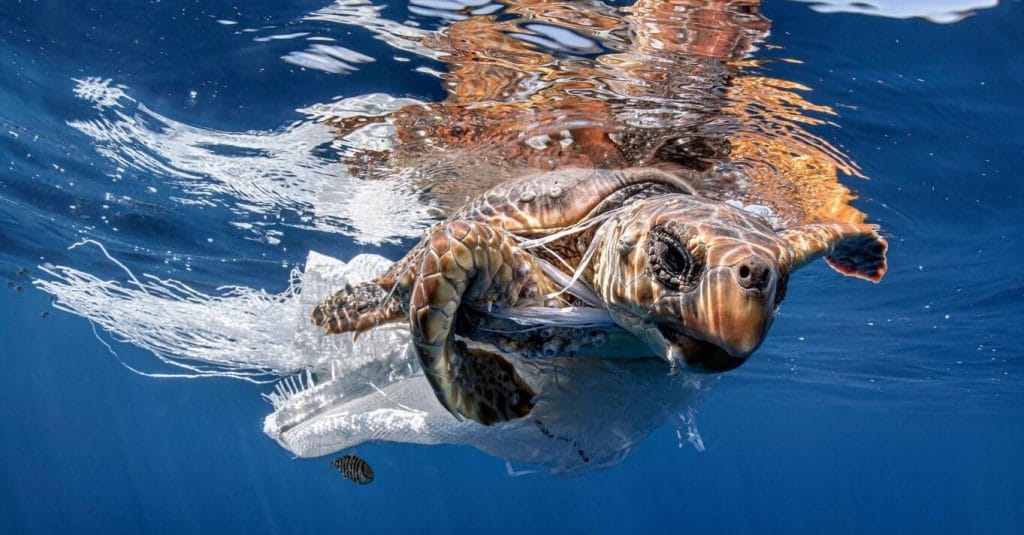
3. UN Meeting Sets Sights on Global Plastics Treaty
In Nairobi this month, the world’s governments will discuss the path towards the first global treaty to tackle plastic pollution. But with multiple proposals, from Japan, Peru, Rwanda, and India, the scope and ambition of a future treaty hangs in the balance. The UN Environment Assembly could deliver a mandate for an intergovernmental negotiating committee to broker an agreement obliging all countries to eliminate plastic leakage – especially into the ocean – through targets and plans for reduction, recycling, and management. Existing global treaties cover elements of the issue, but none represents a holistic tool to tackle the problem at the global level. Unlike for climate change and biodiversity loss, no international framework to address plastic pollution exists. In order for negotiations over a global treaty to begin, a resolution which sets the scope and mandate for them must first be adopted at this month’s Environment Assembly.
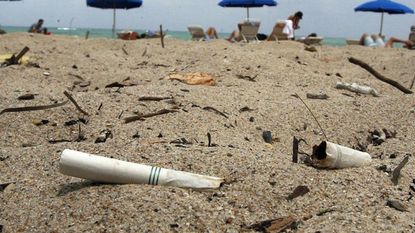
4. Florida Senate Advances Bill that Could Ban Cigarettes on Public Beaches
This week, the Florida Senate Environment and Natural Resources Committee, advanced a bill – SB 224 – that allows counties and municipalities – like the Village of Key Biscayne or Miami-Dade County – to further restrict smoking within the boundaries of public beaches and public parks. Pipes and Cigars would be exempt from this bill. A sister Florida House of Representatives bill – HB 105 – does not include the cigar and pipe smoking exemption.
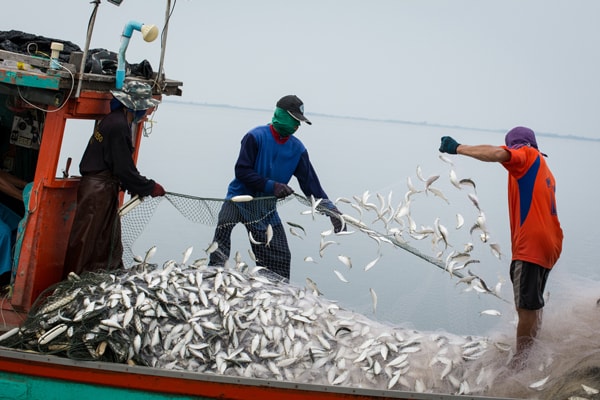
5. U.S. Blocks Mexican Fishermen from Ports, Cites Years of Illegal Fishing in U.S. Waters
U.S. officials say the threat posed by Mexican fishermen casting their nets illegally in U.S. waters has grown so acute that they’ve banned Mexican fishing vessels from entering U.S. ports. “These vessels … will be denied port access and services,” said Lauren Gaches, a spokesperson for the National Oceanic and Atmospheric Administration. The sanction is in response to Mexico’s “continued failure to combat unauthorized fishing activities by small hulled vessels in U.S. waters.” The Coast Guard apprehended 208 Mexican fishermen in 78 skiffs for illegal cross-border fishing in the 2021 fiscal year, seizing 15,484 pounds of marine life from the boats. Last August, U.S. officials intercepted four Mexican skiffs carrying more than a thousand pounds of shark and 300 pounds of red snapper. The Coast Guard has found gillnets as long as five miles, full of protected species.
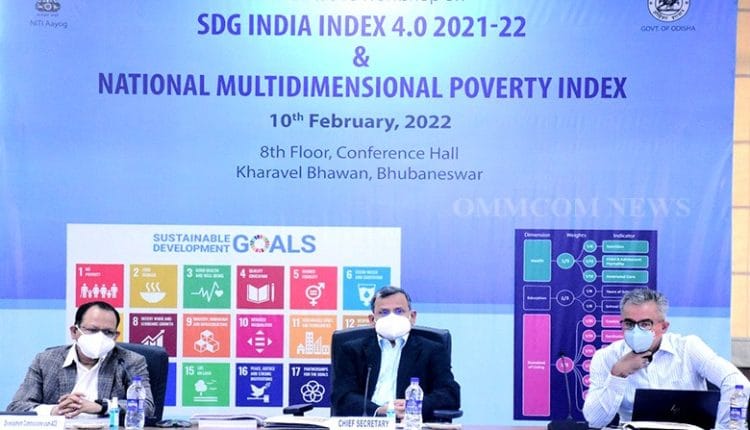
6. Indian State Officials Achieve Progress Toward SDGs, Including Climate Action, Life Below Water
Odisha State Government and policy center NITI Ayog held a consultative workshop on the Sustainable Development Goals (SDGs) looking into the indicators of SDG India Index 4.0 for the year 2021-22. Chief Secretary Suresh Chandra Mahapatra said, “State Government is committed to effect improvement in people’s quality of living through programs aligned to the human development index for achieving the 2030 Agenda.” The chief secretary asked all departments of the State Government to give updated data pertaining to 16 Goals for SDG India Index 4.0. Development Commissioner Pradeep Kumar Jena said that “the score of Odisha in achievement of the SDGs constantly improved from 58 in 2018 to 61 in 2021.” For 2020-21, Odisha ranked first in SDG-13 (taking action to combat climate change and its impacts) and SDG-14 (Conserve and sustainably use the oceans, seas and marine resources for sustainable development).
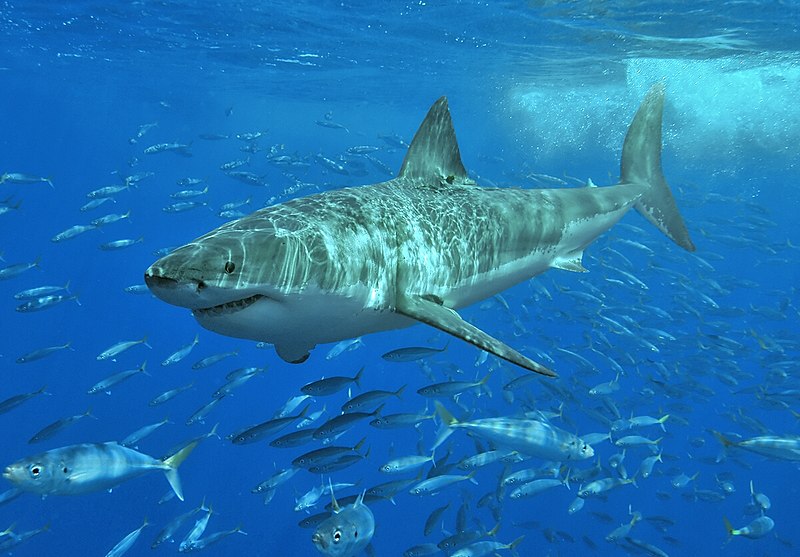
7. New research questions past theories about Megalodons
A new study casts doubt on previous conclusions about the body shape of the Megalodon, one of the largest sharks that ever lived. Otodus megalodon are known only from their fossilized teeth and vertebrae, which suggest they reached lengths of up to 65 feet. “There are currently no scientific means to support or refute previous studies on O. megalodon body forms,” said lead author Phillip Sternes. There are 15 species of Lamniformes. Previous research took five species of warm-blooded Lamniformes, averaged their fin and body shapes and proposed a general model for Megalodons. Sternes and his colleagues looked at whether the five species used to determine Megalodon’s shape differed from the rest of the order, which includes some cold-blooded sharks. They found no general patterns that would allow them to tease out body shape differences.

8. Cuba Trains Specialists to Better Manage Its Water Resources in the Face of Climate Change
Leaders, specialists and people dedicated to research at the National Institute of Hydraulic Resources (INRH), the Ministry of Science, Technology and Environment (CITMA), and the business system of the water sector in Cuba received technical training at a December workshop to help development of projects submitted to the Green Climate Fund (GCF). Cuba, a small island developing country, faces the threat of climate change based on its peculiar environmental characteristics. Its geographical location, configuration and morphology make it highly vulnerable to climate phenomena capable of compromising the availability of fresh water. Aware of this reality, and in line with the Sustainable Development Goals (SDGs) of the 2030 Agenda adopted by the United Nations, the Cuban government, together with the INRH, seeks solutions to mitigate and adapt to the effects of droughts, floods, as well as for the protection of the quality of terrestrial waters.
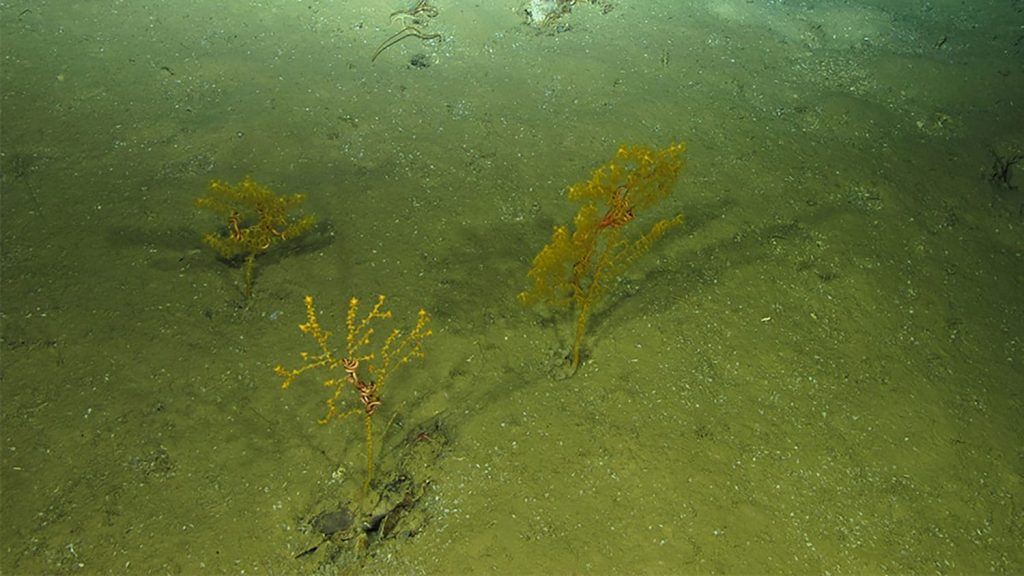
9. Scientists Examine Patterns of Eukaryotic Diversity from the Surface to the Deep-Ocean Sediment
Remote deep-ocean sediment (DOS) ecosystems are among the least explored biomes on Earth. The DOS is exposed to growing anthropogenic pressures, notably from climate change, deep-sea mining, oil and gas exploitation, and bottom trawling, making biodiversity protection extremely important. Scientists compared global-scale eukaryotic DNA metabarcoding datasets from abyssal and lower bathyal surficial sediments and euphotic and aphotic ocean pelagic layers to distinguish plankton from benthic diversity in sediment material. The researchers show that DOS diversity is at least threefold that in pelagic realms, with nearly two-thirds represented by abundant yet unknown eukaryotes. These benthic communities are spatially structured by ocean basins and particulate organic carbon (POC) flux from the upper ocean. Plankton DNA reaching the DOS has maximal deposition at high latitudes. Its seafloor DNA signature predicts variations in POC export from the surface and reveals overlooked taxa that may drive the biological carbon pump.
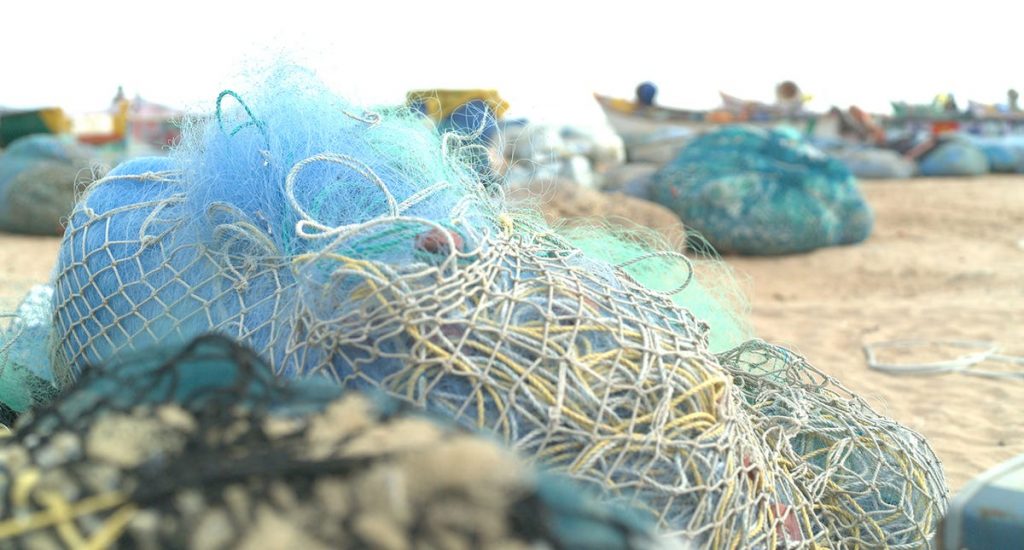
10. Samsung to Debut Galaxy Devices Made From Old Fishing Nets
At Samsung Unpacked, the company plans to debut new Galaxy devices made with repurposed ocean-bound plastics. The new smartphones are made from discarded fishing nets. Samsung said it plans to incorporate repurposed ocean-bound plastics into its entire mobile product lineup. The new product design is part of Samsung’s ongoing effort to eliminate single-use plastics and expand the use of other eco-conscious materials, like recycled post-consumer material (PCM) and recycled paper. It falls under Samsung’s Galaxy for the Planet initiative, which is focused on reducing the company’s environmental footprint and supporting sustainable lifestyles. Samsung calls discarded fishing nets a “hidden threat” to the ocean. Citing a United Nations report, the company said that 640,000 tons of fishing nets are abandoned and discarded every year. These nets can trap and entangle marine life, damage coral reefs and other natural habitats, and contaminate food and water sources.

11. Pandemic Lockdowns and Reduction in Human Noise Benefitted Ocean Life
The reduction in human activity resulting from COVID lockdowns gave scientists a new baseline for ocean noise and highlighted the impact of human-made sounds on ocean life. It also offered a powerful argument for broadening the deployment of hydrophones (underwater microphones) to monitor ocean noise and to include hydrophones on autonomous platforms like gliders and floats to provide real-time acoustic data for the dynamic management of vulnerable areas. Studies show that noise pollution adversely affects a broad range of organisms. Whales are the most visible victims of human noise and are widely studied because of their overt use of sound to communicate. The peak-Covid-19 studies conducted in Glacier Bay National Park found that in the absence of human-created noise, whales rested more, were more spread out and even expanded their ranging areas to include shipping lanes. The increased space also resulted in more calves.
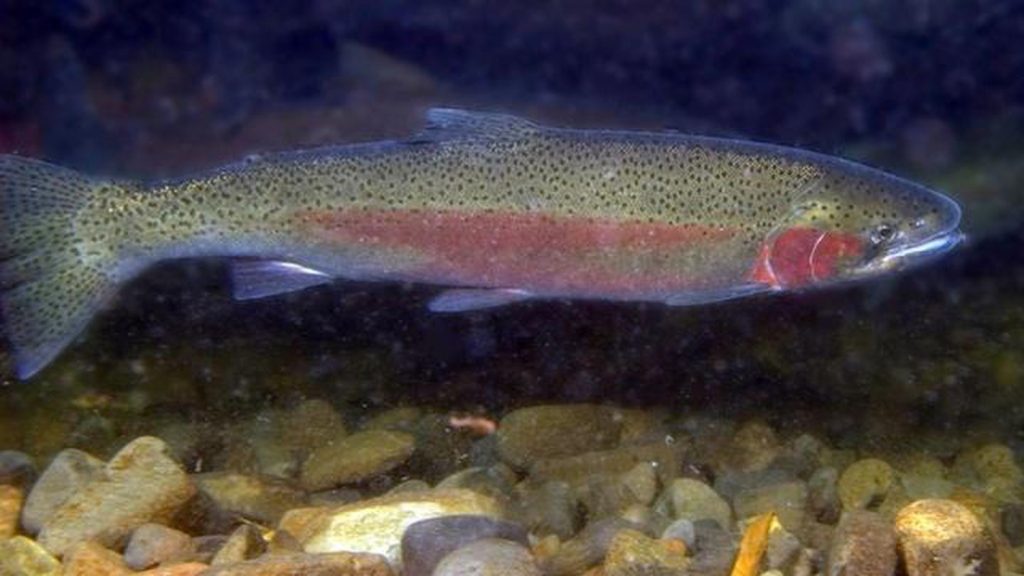
12. 250K Steelhead Fish Missing from Washington State Hatchery
Nearly 250,000 young steelhead fish that were set for release into the Snake River later this year are missing from a hatchery near Palouse Falls. The missing smolts accounted for about 64% of Lyons Ferry Hatchery’s Wallowa stock summer steelhead and less than 8% of the overall hatchery steelhead production in the Snake River basin. A rubber gasket failed, leaving a gap for the fish to head to the Snake River. Staff discovered the failure when they began to lower the water level. It’s possible that the smolts escaped the holding pen when water was being lowered and may survive, leading to a higher-than-normal number of returning steelhead near Lyons Ferry. Normally, the fish and wildlife department releases 60,000 steelhead smolts at Lyons Ferry. However, if they escaped earlier in the winter or late fall, many were likely eaten by predators.
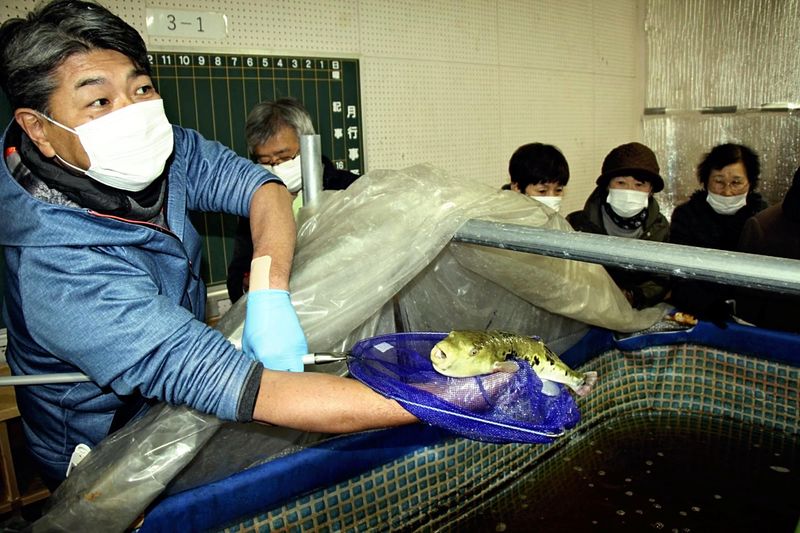
13. Saltwater fish raised in Japan’s mountains ready to make a splash
A company in Kusatsu, Japan, which has developed a unique water purification system, has succeeded in raising saltwater fish without the need of frequent water changing. Fish raised in the aquaculture system do not risk contamination with poisons or infection with parasites from the sea, unlike their oceanic counterparts, and have been attracting inquiries from establishments nationwide. Since 2019, the company has been cultivating fish such as tiger pufferfish, eels, and flatfish in tanks set up in plastic greenhouses in the mountains. The company last spring started cultivating thread-sail filefish for the first time in addition to tiger pufferfish. Natural tiger pufferfish eat shellfish and algae in the sea, accumulating poisonous substances in their bodies. With their cultivation method, however, fish do not amass such poisons. They also said parasite infections do not occur with their system as water quality is controlled with artificial seawater.
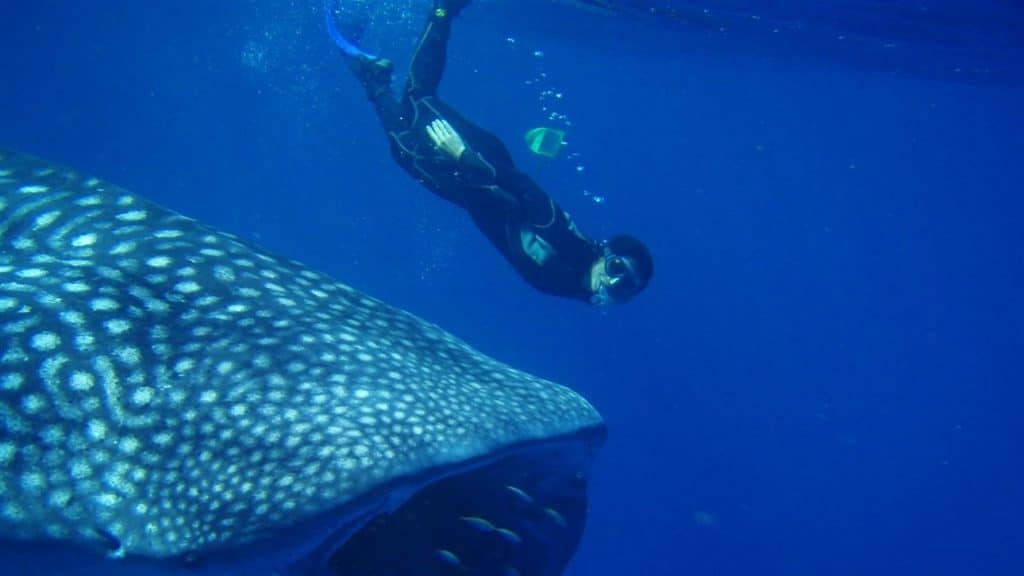
14. Tracking Marine Megafauna Can Guide More Effective Ocean Conservation
Marine megafauna are highly mobile top predators with critical roles in marine food webs. They face threats from ship strikes, fishing, pollution, and climate change but are difficult to track due to their extensive migration. MegaMove, created by 2020 Pew marine fellow Ana M.M. Sequeira, brings together an international network of researchers to share data and improve understanding of marine megafauna movements, habitat use, and threats. As part of the project, researchers put tracking devices on the animals, then let them go about their lives as scientists receive information about their movements. Sequeira says “tracking them means we learn more about how we can protect them. Tracking megafauna can also help us collect oceanographic information, such as ocean salinity and temperature, including in areas that are difficult for scientists to reach. This data is important to our understanding of the ocean.”
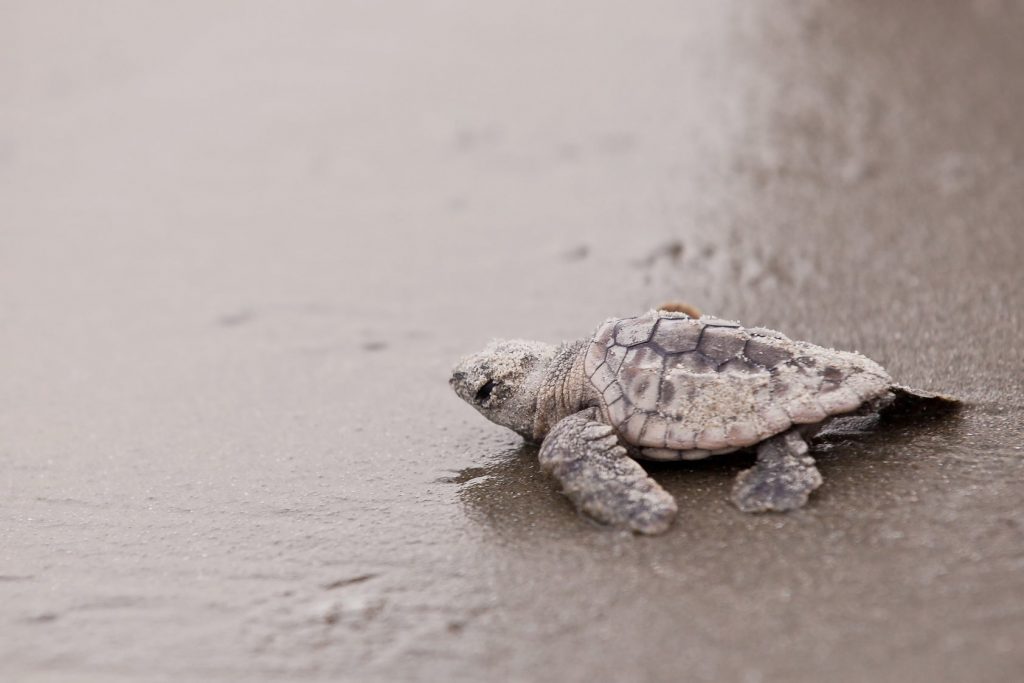
15. Restoring Sea Turtles’ Numbers Also Restored Their Ecosystem
Sea turtle populations plummeted during the 20th century due to bycatch and threats to nesting grounds. Thanks to monumental conservation efforts, sea turtles along the Atlantic coast of the United States have reversed their downward spiral. There were 3,950 loggerhead turtle nests in Georgia in 2019, roughly triple the average nest count over the last three decades. There were fewer than 300 green turtle nests in 1989 at 27 of the main beaches in Florida where the animals lay eggs. In 2019, there were 41,000. As sea turtle numbers swell, the dune ecosystems rebound. When sea turtles lay eggs, they transfer energy and nutrients to plants, regardless of how many eggs actually hatch. Dune plants welcome the bits of calcium left behind and expand their root systems, stabilizing the dunes and strengthening a barrier to rising seas and stronger storms from climate change.
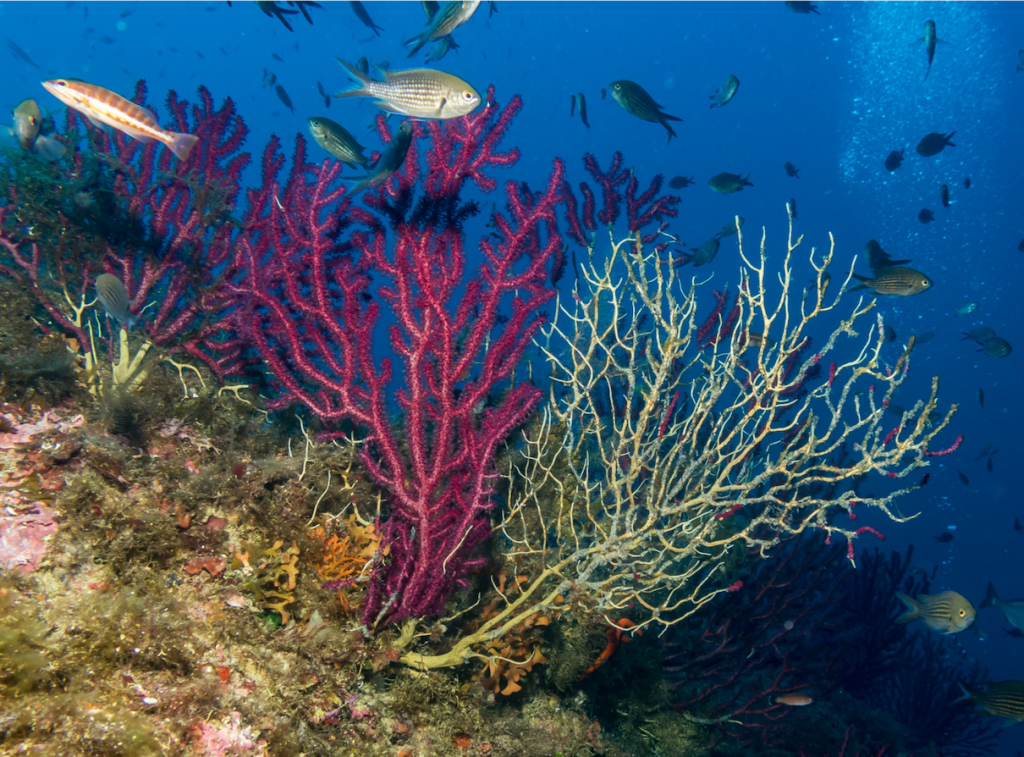
16. Mediterranean Corals Collapse Under Relentless Heat
In 2003, a marine heat wave devastated coral reef communities in the Mediterranean, including the reefs in the Scandola Marine Reserve, a protected region off Corsica. More than 15 years later, those coral reefs still have not recovered. Researchers began monitoring Scandola’s coral reefs to track their recovery. But after accumulating reef survey data and temperature data over many years, they eventually realized they were actually tracking the reefs’ collapse. They determined that persistent marine heat waves, which are now happening every year in the Mediterranean, are preventing Scandola’s slow-growing coral reefs from recuperating. Human-induced climate change is the culprit; persistent rising temperatures in the ocean have normalized marine heat waves. The Mediterranean may be feeling the impacts of climate change more intensely than other oceans. A report by WWF found that the Mediterranean was warming 20% faster than the rest of the world’s oceans.
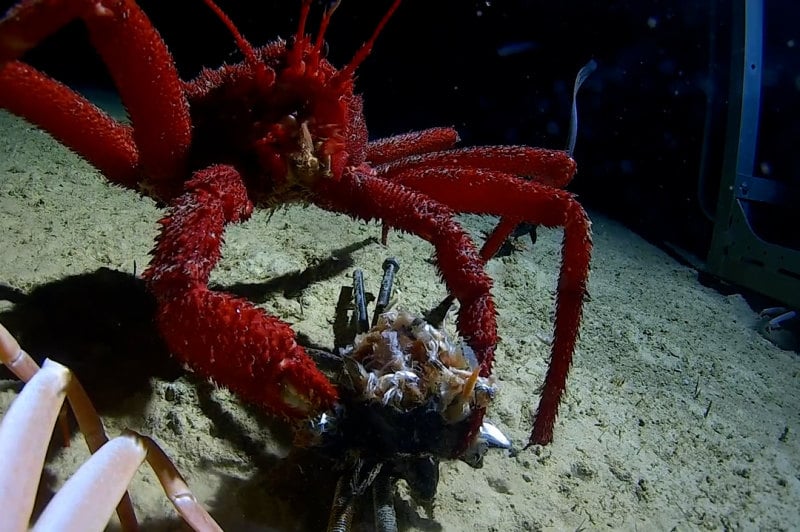
17. Research Center Aims to Unlock Secrets of Deepest 50% of Ocean
A new research center, launched by the Minderoo Foundation and the University of Western Australia, endeavors to help unlock the secrets of the sea. The Deep-Sea Research Centre explores the Indian Ocean and its marine ecosystems. The foundation conducted its first exploration of the Wallaby Zenith Fracture Zone off the midwest coast of Western Australia last year. For a month, researchers mapped deep-sea biodiversity and significant deposits of valuable minerals – known as manganese nodule fields – more than 6000 meters below the ocean’s surface. Minderoo Foundation chair Andrew Forrest said “It’s Minderoo Foundation’s aim to fill in the gaps for that deepest 50% of the ocean, so we can better understand how to treat the ocean as a whole and understand what it is telling us about the pressure we are putting on it.”
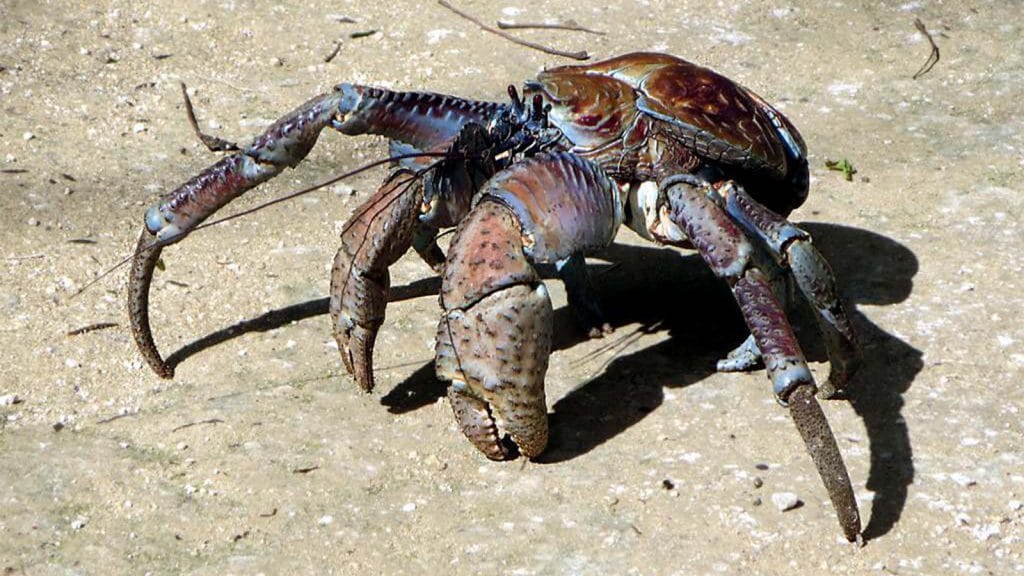
18. Coconut Crabs Are Vanishing, Island by Island
Coconut crabs, known in Indonesia as ketam kenari, are the world’s largest land crab and can live up to 60 years. Despite being widespread across the Pacific and Indian oceans, they are disappearing across their range, according to a new conservation assessment that warns they’re vulnerable to extinction. The species is threatened by habitat destruction for coastal development and agriculture. Habitat destruction for coastal development and agriculture is dangerous because the crabs prefer to live in rocky shores and rainforests close to the coast. When those disappear, coconut crabs have nowhere to go. Harvesting is also impacting reproductive outcomes for the crabs, since both consumers and female crabs prefer bigger male crabs. Some conservation groups are working on the ground in places like Indonesia’s West Papua province to educate community members, tourism operators, guides, and tourists about the importance of coconut crabs.
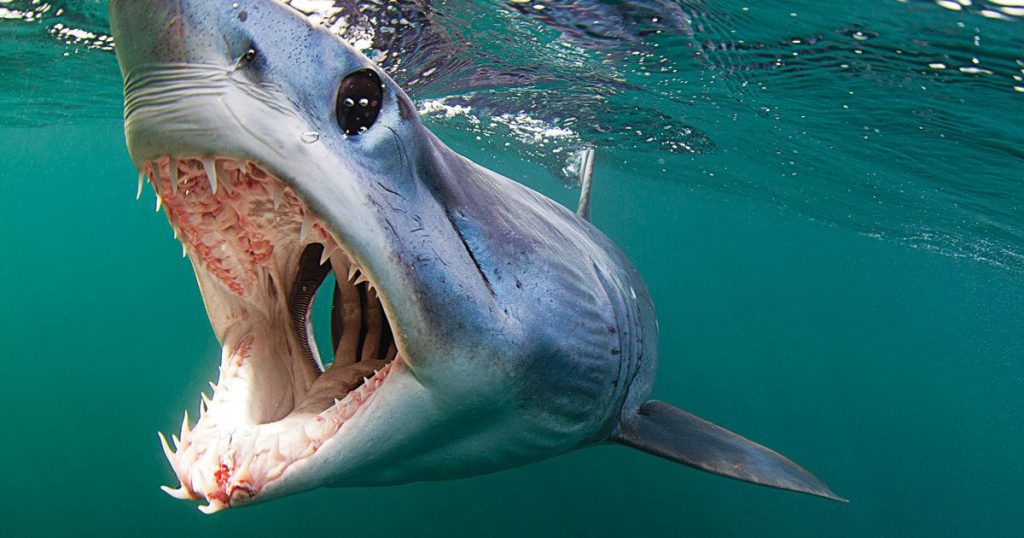
19. Endangered North Atlantic Mako Sharks Are Protected…For the Next Two Years
The status of the mako shark as overfished is well established; even if we stopped all catch today, the species would still take more than five decades to fully recover. North Atlantic makos landed on the IUCN Red List as endangered in 2018, and in late 2021 the shark received some protections. The International Commission for Conservation of Atlantic Tunas committee agreed on a two-year full international retention ban of all mako sharks, the first step in a long-term, international rebuilding plan for this population. Experts agree that two years is not nearly enough for this population to fully recover. As of now, the current ruling states that after 2023 shortfin mako sharks will once again be up for grabs. Boats in the North Atlantic will be able to land mako sharks if the total bycatch from the previous year is under 250 metric tons.
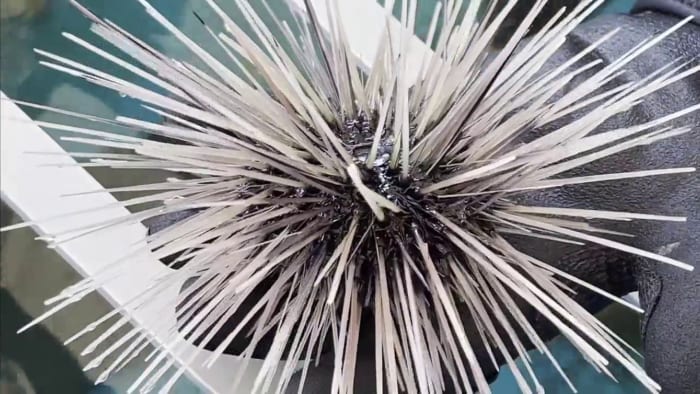
20. Sea Urchin Protection Also Helps Southeast Florida’s Ecosystem
There are many efforts underway to save Southeast Florida’s coral reef system, which is under attack from both man and nature, and sea urchins are central to those efforts. Sea urchins graze on the algae that competes with the corals in the reef system. Until the early 80′s, they were one of the most abundant reef organisms throughout the Caribbean region until a die off in 1983, resulting in a decline of 95-97% throughout the Caribbean and South Florida. The density has dropped so drastically that sea urchins can no longer reproduce naturally. Scientists at the Phillip and Patricia Frost Museum of Science are in the early stages of a lab-based spawning effort. Within the next year, the Frost Science team expects to release lab-reared sea urchins back out onto the coral reefs, once again providing the natural protection the ecosystem so desperately needs.
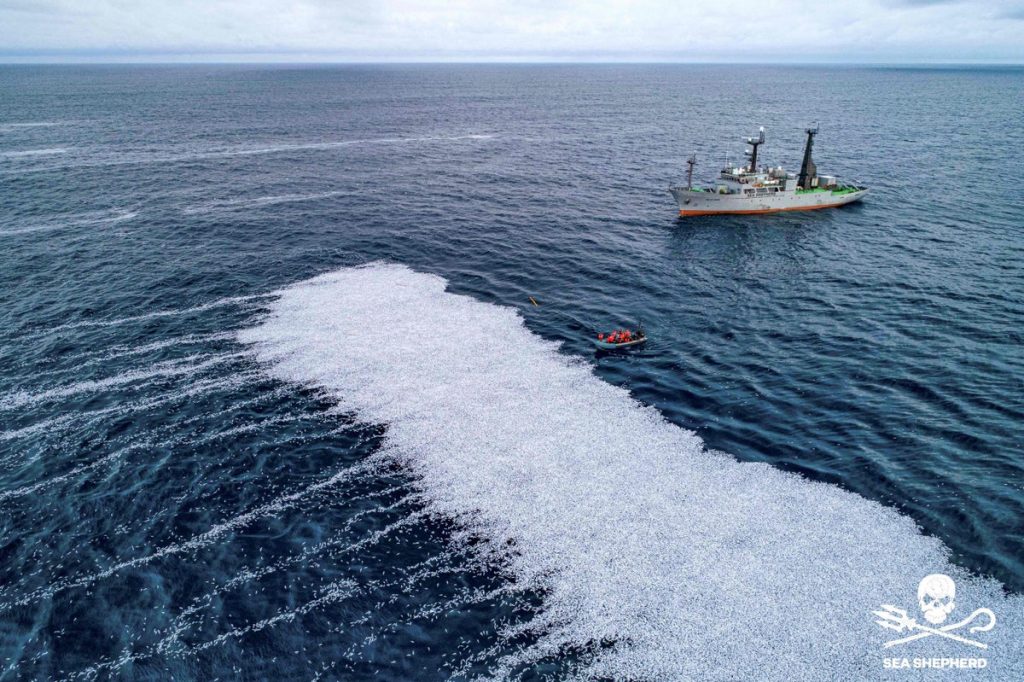
21. Anger as Super Trawler Deposits 100,000 Dead Fish Off French Coast
France’s fisheries minister has called for an investigation after a Dutch-owned trawler deposited more than 100,000 dead fish off the country’s Atlantic coast. Video filmed by environmental activists shows a carpet of floating white fish, which spilled from the FV Margiris, the world’s second-biggest fishing vessel. The fishing industry group that represents the vessel’s owner said it had reported an incident when one of its nets ruptured. The fish were blue whiting, a rare species which is subject to quotas, and the industry group called the spill a “very rare occurrence”. But campaigners disputed this, and claimed the fish had been illegally dumped. Blue whiting is a sub-species of cod, used to mass-produce fish fingers, fish oil and meal. Trawlers like the Margiris use drag nets more than a kilometer long and process the fish in onboard factories, a practice heavily criticized by environmentalists.
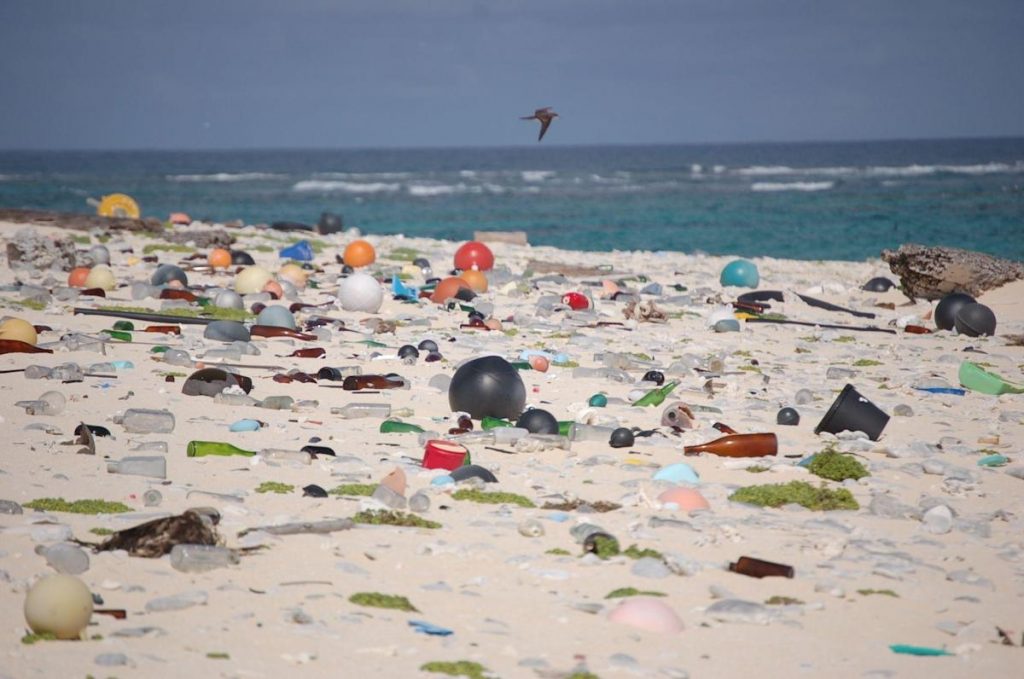
22. Environmental Groups Urge Canadian Government to Work Faster, Do More to End Plastic Pollution
Environmentalists from across Canada are calling on Environment Minister Steven Guilbeault and Prime Minister Justin Trudeau to take immediate steps to curb plastic pollution to meet its commitment to zero plastic waste by 2030. The statement urges the government to move quickly with measures beyond the proposed ban of some single-use plastics. “Plastic contributes to climate change and causes disproportionate harm in communities living next to production and waste treatment facilities,” said Karen Wirsig, plastics program manager at Environmental Defence. “We can’t wait for industry to fix the problem. The federal government needs to act to eliminate all unnecessary single-use plastics by the end of the decade and make refillable and reusable packaging and containers more affordable and accessible across the country.” Polling confirms that Canadians, who are among the top per capita users of plastic in the world, are overwhelmingly concerned about plastic pollution.
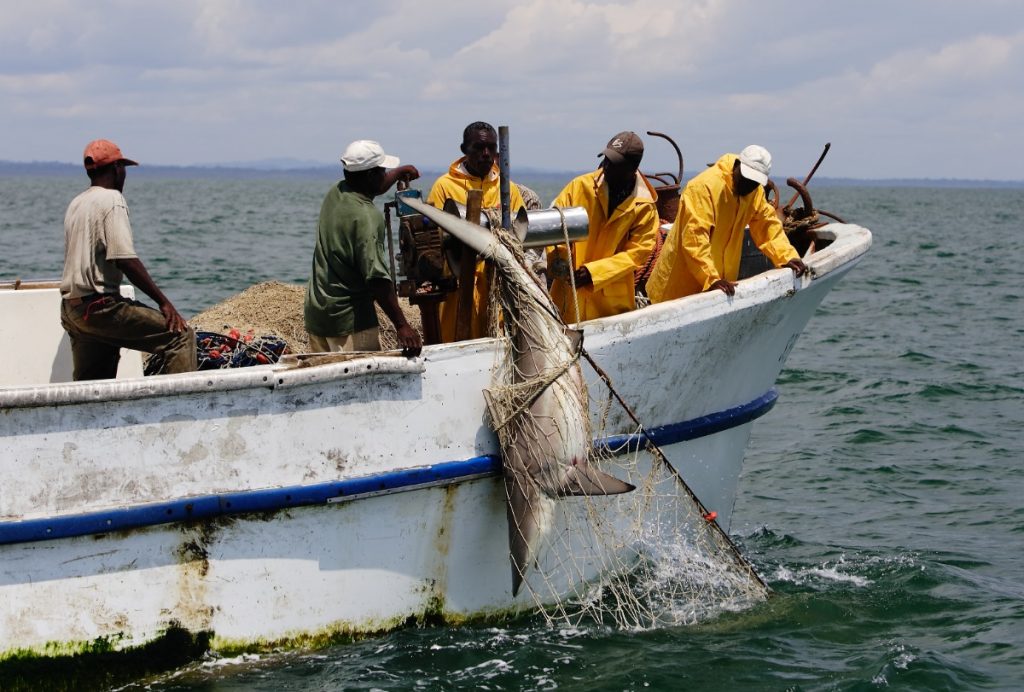
23. Gabon Ocean Protection Blueprint Sets Example for Other Nations
Gabon’s network of Marine Protected Areas (MPAs) provides a blueprint that could be used in many other countries, experts say. Since announcing a new MPA network in 2014, Gabon has created 20 protected areas—increasing protection of Gabonese waters from less than 1% to 26%. A new paper—by Gabonese policymakers, NGOs and researchers—highlights the lessons from this work and its relevance elsewhere. Global MPA coverage is still short of a 10% target set in 2010, partly due to limited progress in many countries. However, a few, including Gabon, have met or exceeded international commitments on land and sea. The MPAs are based on detailed evidence, resulting in an interconnected network tailored to protect important habitats, as well as globally important populations of sea turtles and marine mammals, with protected zones extending from north to south, and from coastal waters to 200 nautical miles offshore.

24. Europe’s Most Valuable Marine Species Will Be a Fraction of Current Population Size by 2100
New research says over one quarter of Europe’s 20 most highly-fished marine species will be under extreme pressure by 2100 if nothing is done to halt climate change, overfishing, and mercury pollution. “If carbon emissions continue to increase at their current rate the resilience to climate change of mainstays of the EU market, such as great Atlantic scallop, red mullet, and common octopus, will be weakened,” said lead author Dr. Ibrahim Issifu. The study is one of the first to examine the combined effects of rising temperatures, overfishing, and mercury pollution on fish in EU waters. The impacts to Europe’s fish stocks will vary widely depending on each species’ average temperature tolerance, with seafood staples such as Norway lobster, common sole, great Atlantic scallop, red mullet, and European hake projected to decline both in abundance and in distribution as water temperatures reach lethal levels.
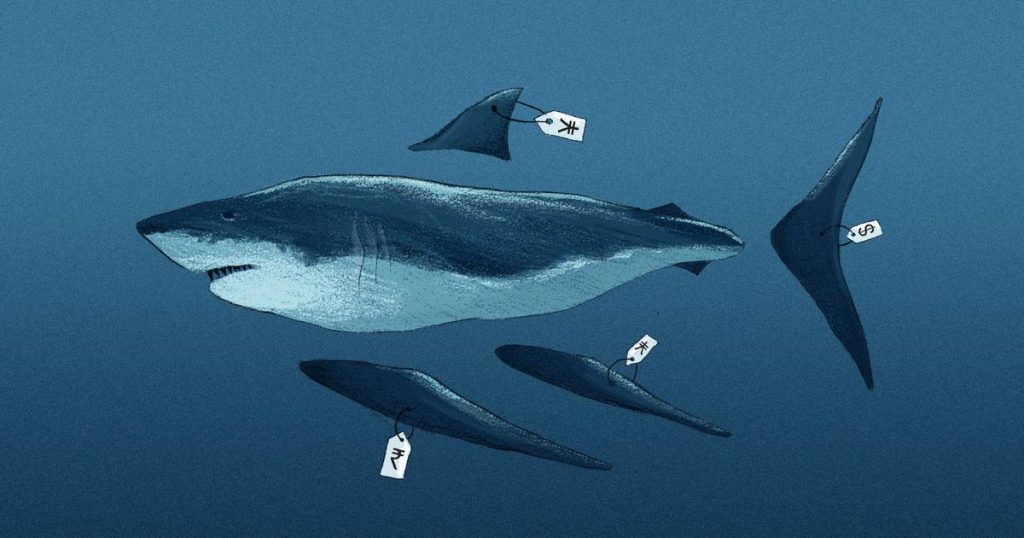
25. Inside India’s Illegal Shark Fin Trade
Despite the 2015 ban on all exports of shark fins in India, an illegal shark fin trade is thriving. India is the third-largest shark catcher in the world. Almost all the fins from India end up in the international market. Hong Kong is India’s most important market for the fins, most of which end up in shark fin soup. Under the Wildlife (Protection) Act, fishing and trading sharks are punishable only when it comes to four species: the whale shark, Pondicherry shark, Ganges river shark and the speartooth shark. Many conservationists argue that more shark species need to be brought under protection, and that the Wildlife Protection Act list needs a review. But shark fishing is legal in India for now, barring a few protected species. Cutting and processing fins, transportation, and selling shark fins within the country are also entirely legal.

26. Sponge Gardens Discovered Thriving Under the Arctic Ocean
Scientists have discovered sponge gardens in the Arctic Ocean containing a dense population of large sponges. These sponge gardens consist of intact communities living in ancient sites, including fossils of now-extinct animals, fauna, and underwater volcanoes, to survive. The sponge population is living over seamounts on the ocean floor of the Arctic Ocean, where the sponges are feeding off these fossils. Thousands of years ago, the sponges likely used heat and nutrients from underwater volcanoes, according to researchers. The study shows a dense population of large sponges or sponge gardens, and it suggests that these sponges can also be found in abyssal depths-even in the harsh, freezing environment of the Arctic Ocean. The researchers suggest that this hotspot ecosystem is unique to the Central Arctic and associated with extinct seep biota, once fueled by degassing of the volcanic mounts.
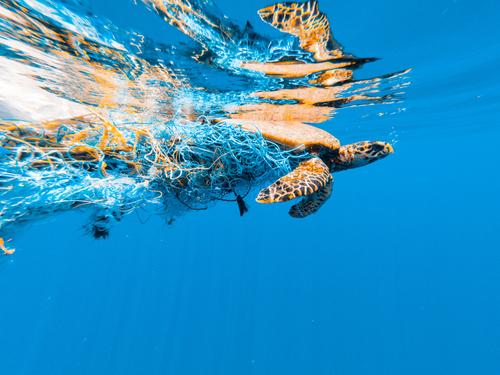
27. Beach Bots, Sea ‘Raptors’ and Marine Tools Mobilized to Tackle Marine Litter
Plastics are estimated to comprise 85% of marine litter, with 11 million metric tons entering the oceans annually and the volume potentially tripling by 2040. The European Union Mission “Restore our Ocean and Waters by 2030” aims to reduce plastic litter at sea by at least 50%, cut microplastics by 30%, and halve agricultural nutrient losses as well as the use of chemical pesticides. Several separate technologies under development can be deployed to clean up the water. A couple of them deal with microplastics by clumping them into more manageable sizes, one using biodegradable chemical substances called flocculants that cause particles to coagulate, and the other – known as SepaRaptor – using ultrasonic waves that push the particles into clusters. A four-wheeled plastic-waste-collection robot is trained using artificial intelligence to identify and pick up litter from beaches and put it in a bin carried on its back.
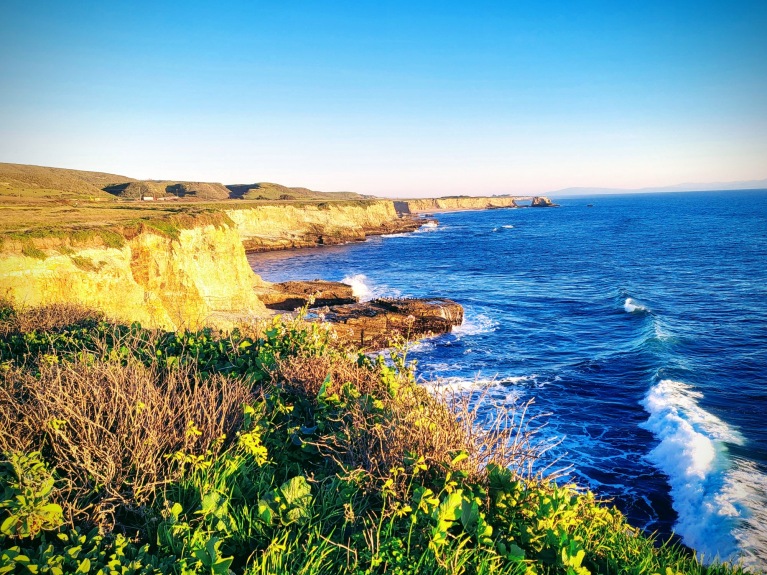
28. New Bill Could Protect California Coast From Contentious Deep Sea Mining
A bill recently introduced could better protect California’s coastline from deep sea mining – a method manufacturers are looking at to source raw materials for clean energy industries. Scientists and ocean advocates argue deep sea mining is too experimental and the risks too grave for rare and protected species that make a home in the Pacific. Assembly Bill 1832 could proactively prohibit mining from taking place in California waters that aren’t currently protected – some 2,500 square miles. Off of California’s North Coast lie gold and titanium deposits, which could help manufacture EV batteries and electronic parts. In Southern California, phosphorus could be dredged up from the seafloor, proponents of the bill said. Oregon and Washington have already established laws that prohibit ocean mining. Seabed mining could also put further stress on California fisheries, an industry that’s struggled with increased regulations and impacts from climate change.
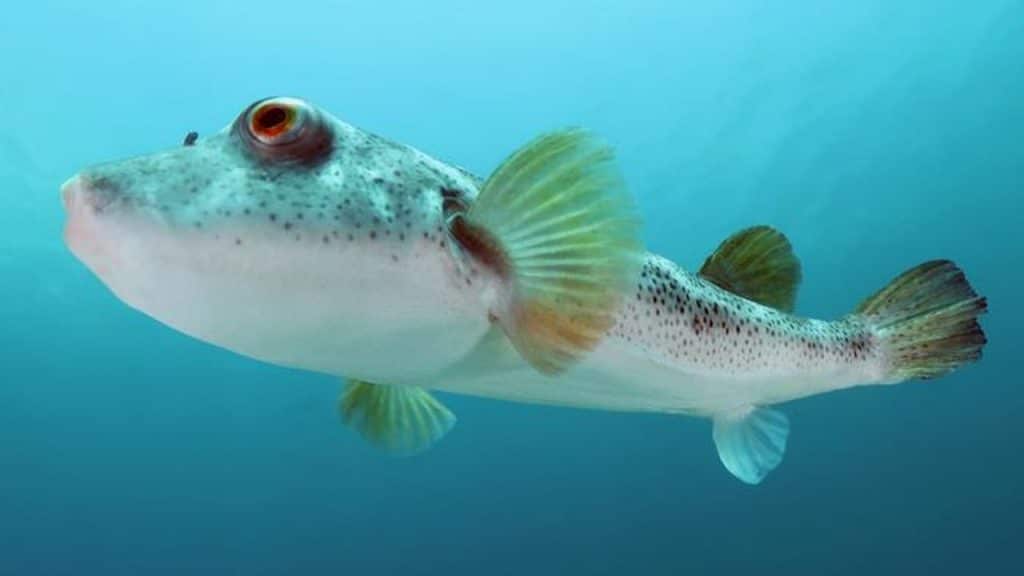
29. Biologist Receives $1.2million Grant to Study Pufferfish Evolution
Dahiana Arcila, an evolutionary biologist at the University of Oklahoma, has received a $1.2 million award from the National Science Foundation to improve scientific understanding of the evolutionary history of life on Earth. For the five-year project, Arcila is studying how fish, like pufferfish, boxfish, ocean sunfish and other relatives of the fish order Tetraodontiformes, have evolved to develop their distinctive physical traits. This morphological evolution can be traced through fossil records and compared with species living today. By integrating the genomic and fossil data of these species, Arcila will investigate how these fish have evolved in response to ancient climatic changes. Arcila’s project builds on her previous findings that demonstrate connections between ancient climatic changes and diversification dynamics in this group. “We have preliminary data that show that when ancient climatic changes occurred, these fishes responded by changing their body size,” she said.
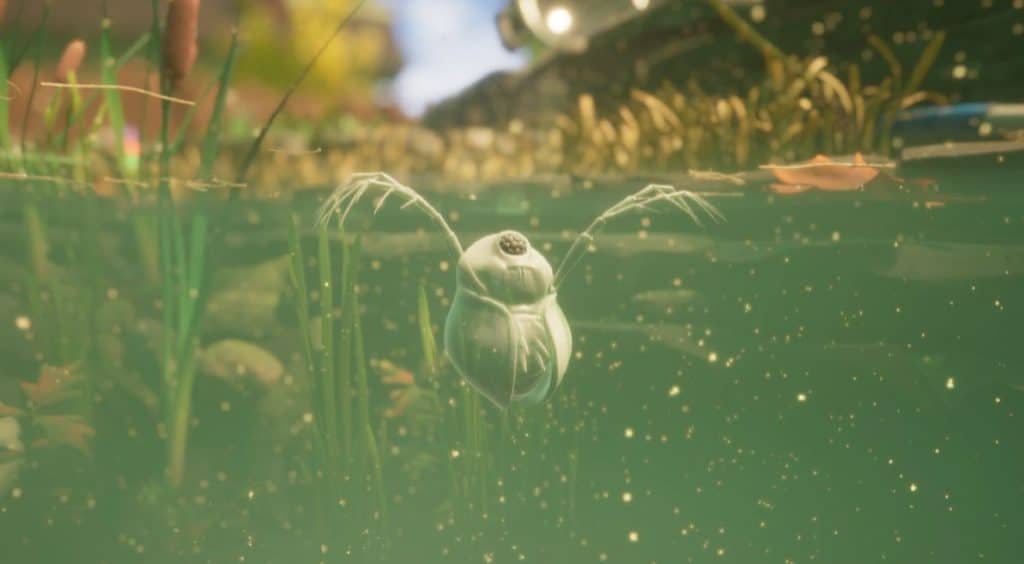
30. Pollution Effects Persist for Multiple Generations in Water Fleas
A new study shows that the effects of pollutants can be transmitted over many generations in water fleas and may persist long enough to influence the evolutionary process. The research adds new evidence to the debate on whether environmental influences can cause heritable changes to an animal’s biology. Genes passed down from parents to offspring are overlaid by a complex array of proteins and chemicals that determine how they are expressed—collectively known as the ‘epigenome’. There is increasing evidence that stress-induced changes can be transmitted across generations. Researchers found some of the changes were detectable not only in the continually treated water fleas, but also those that had been switched back to clean water, implying that modifications were passed down through the generations, even in the absence of the pollutant. A follow-up experiment confirmed that three generations after pollutant exposure, phenotypic effects were still detectable.
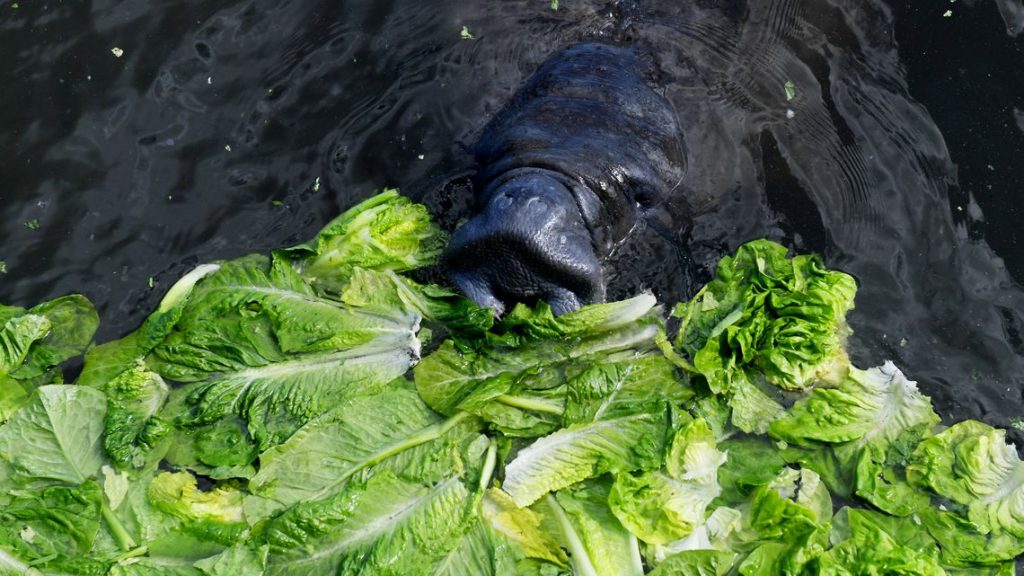
31. Florida Feeds Manatees Up to 20,000 Pounds of Lettuce a Week as Deaths Rise
Wildlife officials are trucking in 20,000 pounds of Florida-grown lettuce a week to feed starving manatees in the Indian River Lagoon, hoping to lessen the toll of an ongoing, historic die-off caused because of algal bloom killing seagrass. The produce has cost about $18,000 since December, said Sarah Barrett, a Florida Fish and Wildlife Conservation Commission staffer. Donations from the Fish and Wildlife Foundation of Florida have covered most of the cost. The pace of the operation has accelerated since January 20, when manatees started eating the lettuce. Scientists call that day a breakthrough in their efforts to feed and save manatees this winter — but more animals are turning up sick or dead around the epicenter of the crisis, Brevard County, and beyond. 97 Manatees had died across Florida as of January 28, well above the average before the die-off began in 2020.




